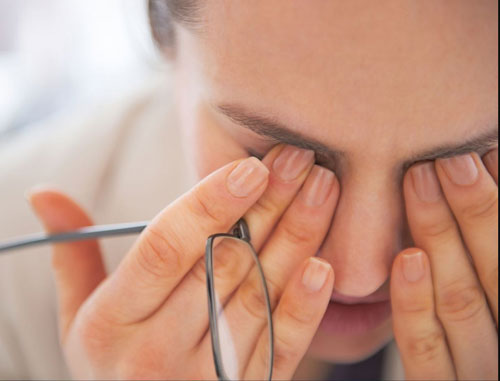Eyes aren’t exempt from the wear and tear of aging. Some of the age-related changes in the eyes are annoying but not serious — for example, it can become difficult to focus on near objects, and eyelashes may thin out a bit.
But other changes can be serious eye problems that threaten vision. With age, the eyes’ ability to stay lubricated starts to wane. This can leave eyes feeling irritated, sticky, dry, or gritty.
The lens of the eye can become less elastic. Night vision may also start to suffer, which can pose problems when driving at night. In contrast, cataracts, macular degeneration, and diabetic retinopathy can rob you of your sight.
How do you know if an eye problem is a nuisance or the start of something serious? The following signs and symptoms warrant a call to your doctor. Catching serious eye problems early can help preserve your vision.
Even non-vision-threatening eye problems can be treated to keep your eyes comfortable and your eyesight as sharp as possible.
Anyone who reads for hours, works at a computer, or drives long distances knows about this one. It happens when you overuse your eyes. They get tired and need to rest, just like any other part of your body.
If your eyes feel strained, give them some time off. If they’re still weary after a few days, check with your doctor to make sure it isn’t another problem.
Their surface is covered in blood vessels that expand when they’re irritated or infected. That gives your eyes the red look.
Eyestrain can do it, and so can a late night, a lack of sleep, or allergies. If an injury is the cause, get it checked by your doctor.
Red eyes could be a symptom of another eye condition, like conjunctivitis (pinkeye) or sun damage from not wearing shades over the years.
If over-the-counter eye drops and rest don’t clear it up, see your doctor. Is it hard to see at night, especially while driving? Is it tough to find your way around in dark places, such as movie theaters? That sounds like night blindness.
It’s a symptom, not a problem in its own right. Nearsightedness, cataracts, keratoconus, and a lack of vitamin A all cause a type of night blindness that doctors can fix. Some people are born with this problem, or it might develop from a degenerative disease involving the retina, and that usually can’t be treated. If you have it, you’ll need to be extra careful in areas of low light.










